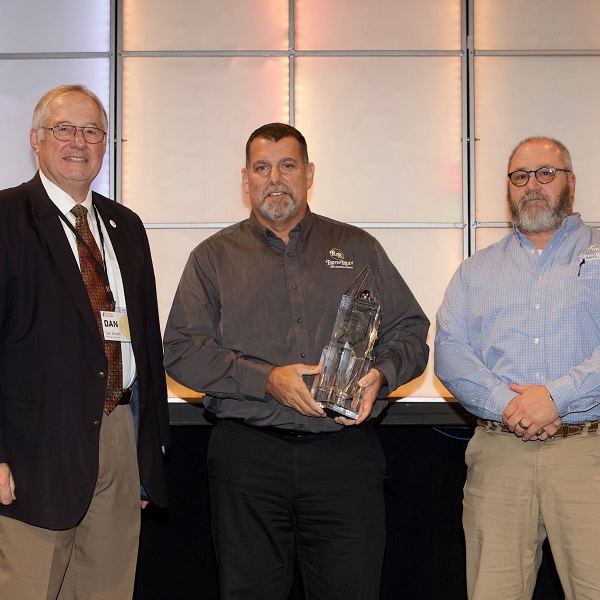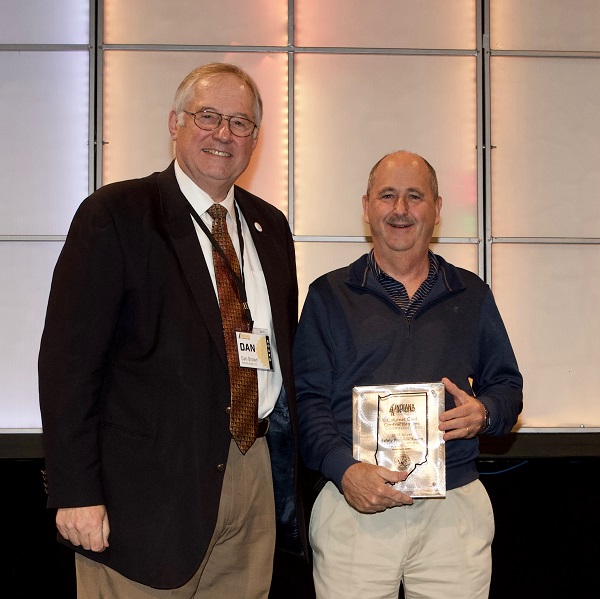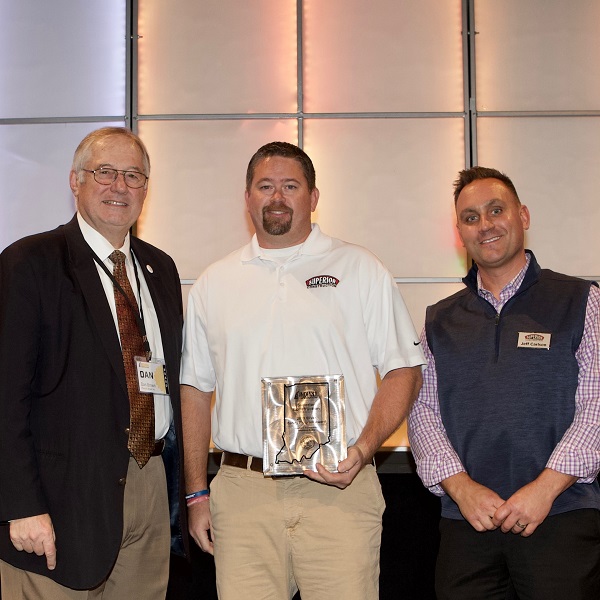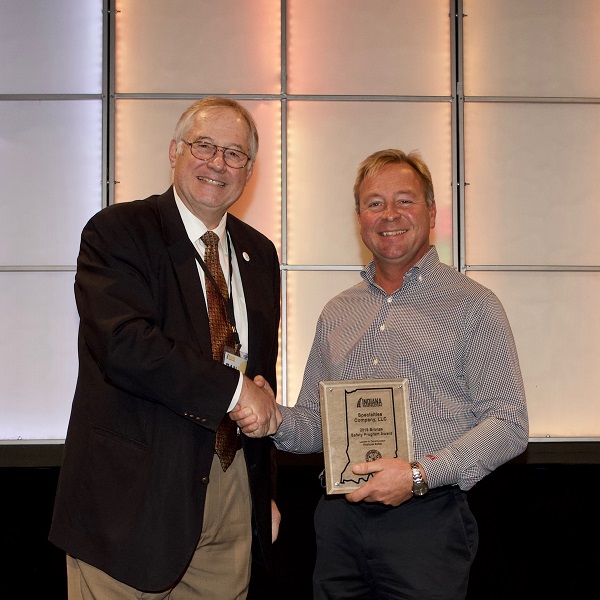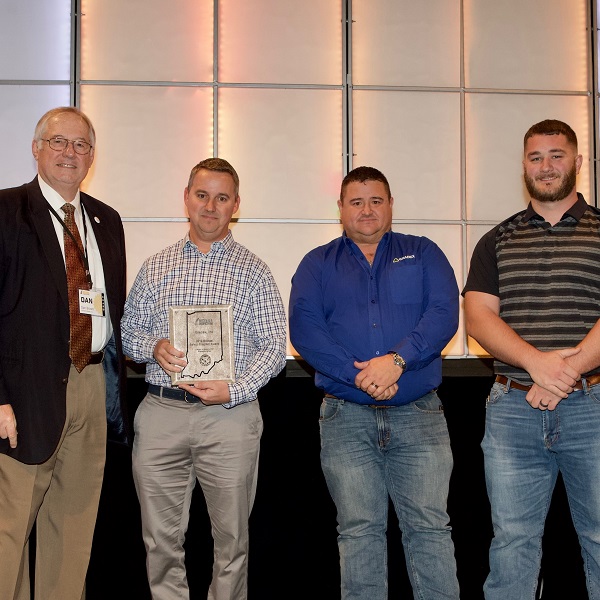Originally published 06/06/2018
New workers think differently than older, more experienced people in the workplace. They are typically inexperienced and may not be familiar with the job tasks or hazards on worksites or in workplaces. New workers are more willing to take unnecessary risks and possibly putting themselves into hazardous situations, without thinking they are, because they are eager to get the job done. They may be new to construction work altogether, and it may be the first job they’ve ever had. They may feel discouraged to ask questions for fear of appearing unknowledgeable to their coworkers and superiors.
It is important for a supervisor to provide new workers with constant interaction along with hands-on training until they are certified or deemed competent for the job at hand. Engaging them to ensure they feel valued and part of the team is also important. It allows them to feel comfortable sharing questions and concerns they may otherwise conceal out of fear of looking incompetent, leading to potential workplace accidents or injuries. Regular safety meetings are a way to keep new workers engaged and feeling like they are able to approach their supervisors with questions, concerns, or ideas they may have for the work they are expected to do.
Training is essential before any work begins. Start with a thorough orientation to the company, the safety rules, emergency procedures, and rights and responsibilities. Document the training, and possibly give a brief quiz at the end of orientation. When supplying workers with personal protective equipment, train them how to use it, educate them on the limitations and show them how to care for and maintain it. Before they can start any work, you must show them how to perform on a job safely. One of the best ways to train workers how to perform jobs safely is to have accurate, well-written safe work practices and safe job procedures. Have an experienced supervisor train them. Engage them by providing specific job-related safety training and specific job procedures for each task they are expected to perform. Train them on hazard recognition and control. One of the keys to safety is to know how to recognize and control hazards.

